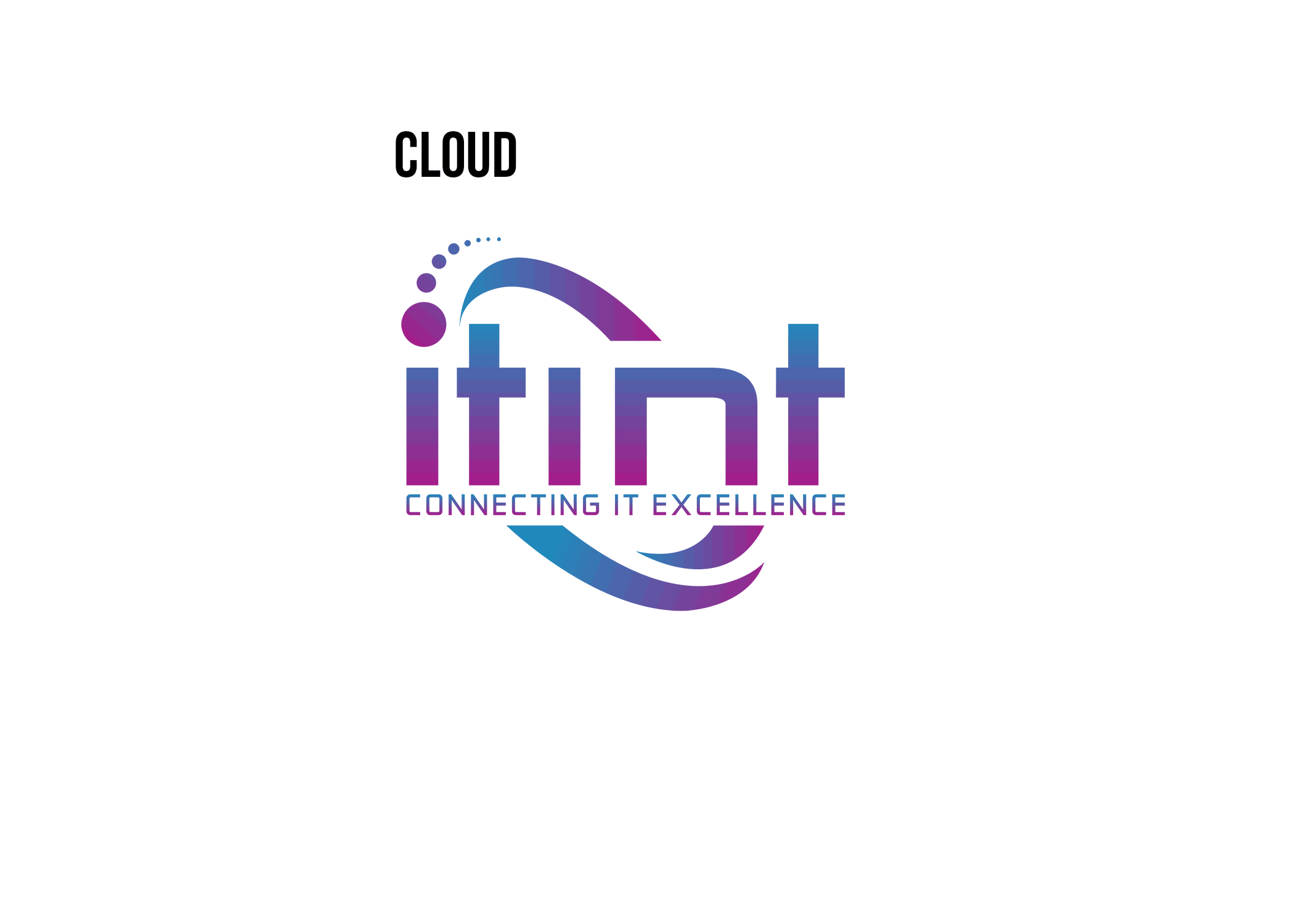Cloud computing has created a global marketplace that has sparked the creation of a new transformative paradigm where cloud-native information systems are built on a combination of cloud-based services, independent of the underlying IT infrastructure.
The main features of cloud computing:
• IT resources are deployed as needed (dynamically scaled up or down to meet fluctuating demand),
• the consumer only pays for what he actually uses and
• the services are requested via a “self-service” online control panel.
You can make the right decision about your cloud computing journey by completing a cloud readiness assessment.
Based on the results of the assessment:
• Developed a definition of an appropriate cloud governance approach, including cost management, security and data protection through design and compliance with legal requirements
• A selection of a cloud deployment model and cloud provider (AWS, Microsoft Azure, or Private Cloud) that meets your business needs and budget
• carried out planning for the migration of your applications to the cloud or their transformation into cloud-native applications and
• Your cloud computing strategy needs to be aligned with your business strategy.
Advantages:
• Discover your on-premises IT infrastructure, data, applications and their performance patterns
• Analyze whether your applications can be moved to the cloud
• Evaluate costs, benefits and risks
• Identification of security, privacy and regulatory requirements
